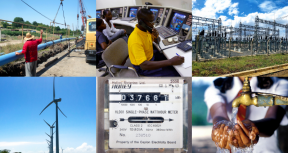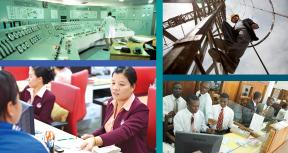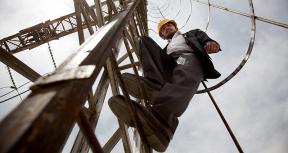Best Bet Keywords
Body Also See
Pictured at top, clockwise from left:
The main drinking water pipeline for 750 households in Alapars and Karenis communities (Koayk region) being fully rehabilitated. Armenia. Photo credit: Armine Grigoryan / World Bank
The control room at the thermal power station at Takoradi, Ghana, June 21, 2006. Photo credit: Jonathan Ernst/World Bank
Electricity Transfer Station in Kenya. Photo credit: Andrew Stone
Windmill, Nicaragua photo credit: Ihsan Kaler Hurcan
Wegala Community Water Supply and Sanitation Project. Sri Lanka. Photo credit: Simone D. McCourtie/World Bank
Girl gathers drinking water from a community water pipe. Photo credit: Dominic Sansoni / World Bank
DOI
10.1596/IEG154623








